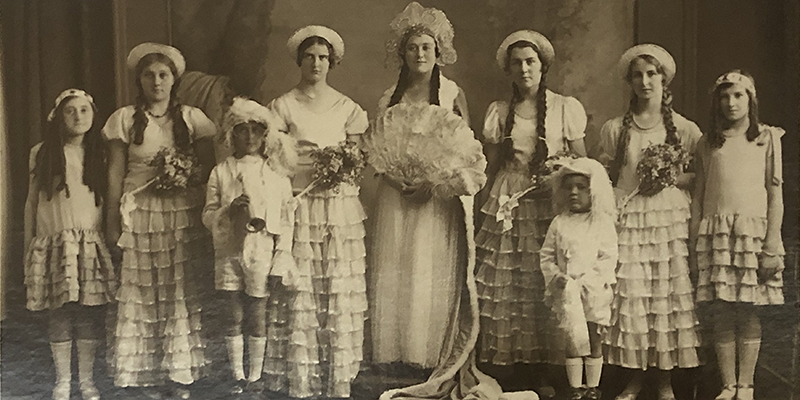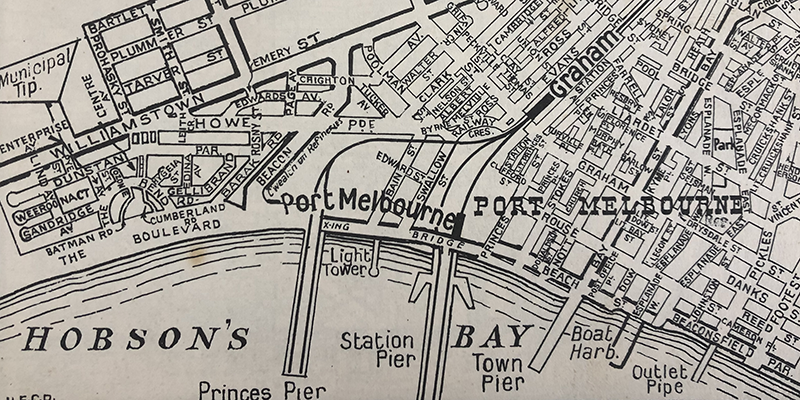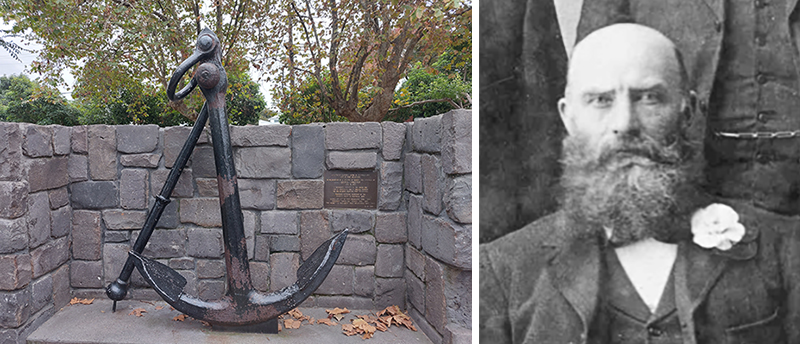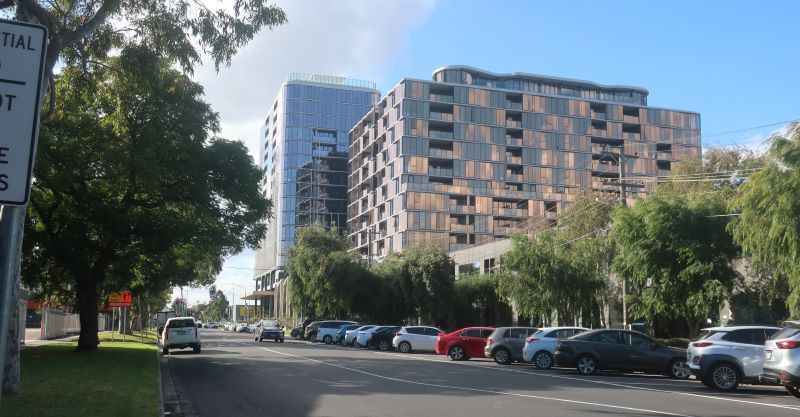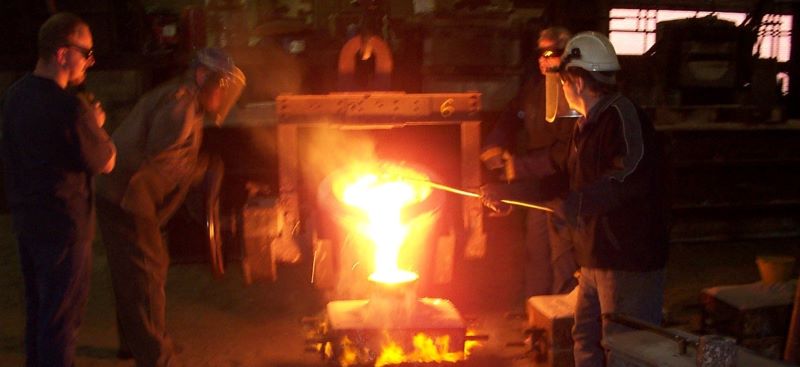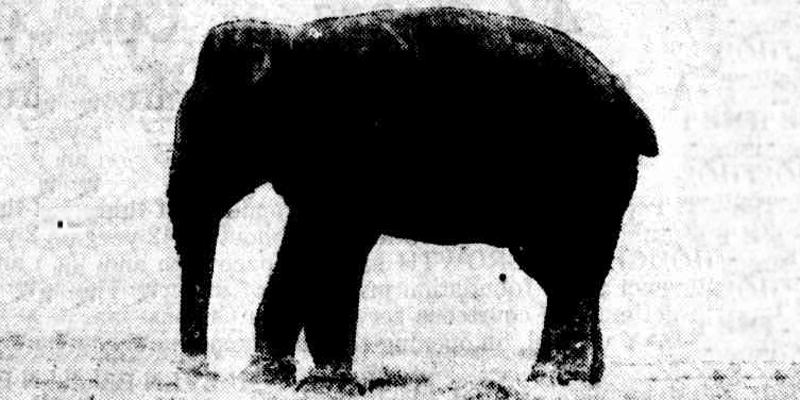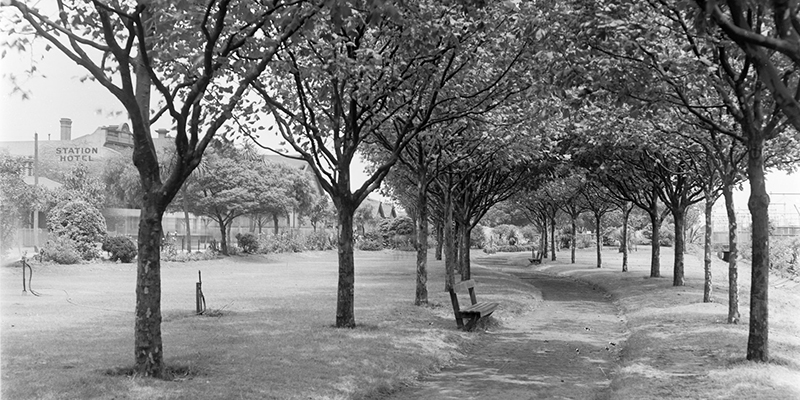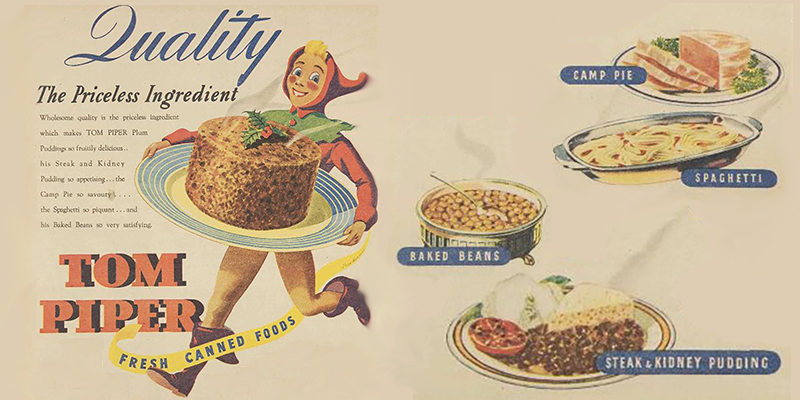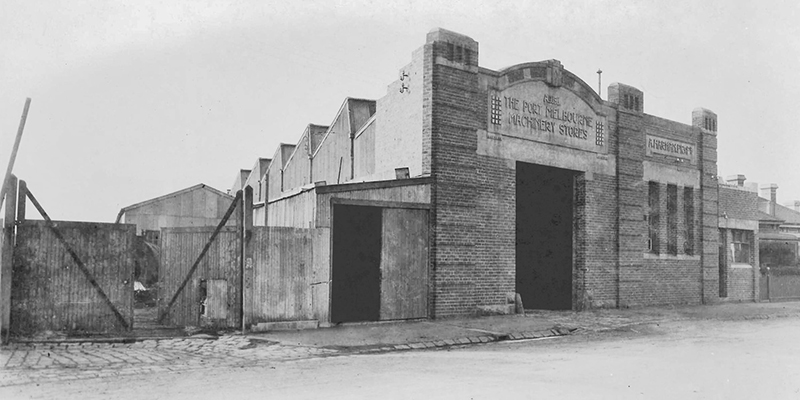by David Thompson
Dulcie Smith, Queen of the Sunday School and her Court, Holy Trinity Carnival, November 1931. PMHPS Collection.
For many years this photograph remained an uncatalogued item in the Society's archives but thanks to a plea for information on Facebook in May 2022 we now know that it is Dulcie Smith, Queen of the Sunday School and her court…
